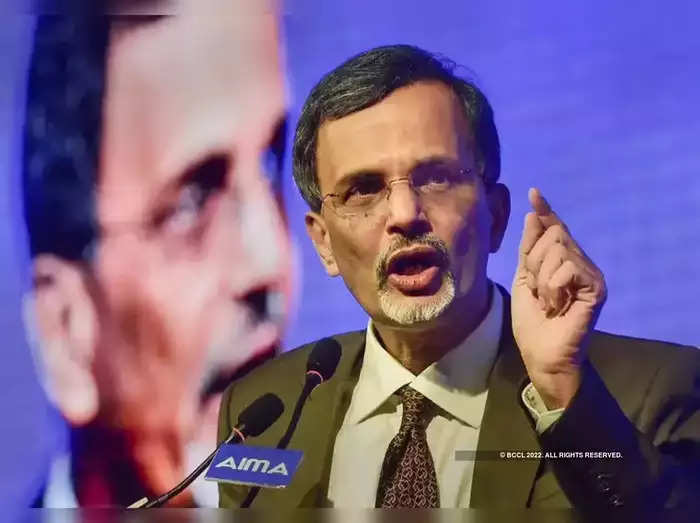In general, he said, the Indian private sector roughly contributes about one third of the overall R&D spending in the economy while the remaining two thirds comes from the government.
“Again, our studies show that it is not due to lack of government support for R&D spending in general, but it also depends on our ability to think over a much longer horizon…seeing the R&D expenditure as an investment, rather than as an expenditure against the profit and loss account,” he said.
So in that sense, he said, “enhancing the investment in R&D and becoming global leaders, it will be an important contributor to the ‘aatmanirbharta’ programme in terms of placing Indian manufacturing in the global roadmap.”
Besides, he said, auto manufacturers should not see public mobility as a form of competition but as a complement.
Talking about the Indian economy, Nageswaran said, it is doing quite well amidst the global uncertainty. “Thanks to the strong corporate and financial sector balance sheets, and thanks to massive investments in supply side infrastructure in the last 8-10 years…our potential growth of the economy is somewhere between 6.5-7 per cent and if we sustain some more reforms, especially at the state and local government level, then it is possible for us to raise this number to somewhere between 7-7.5 per cent,” he said.
Sustainably, going towards 8 per cent would also require the global economy growing well, he said.


